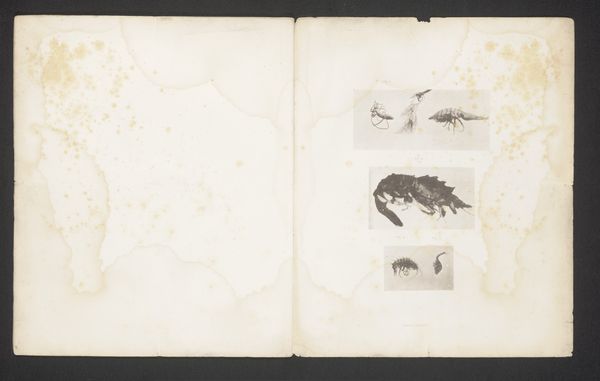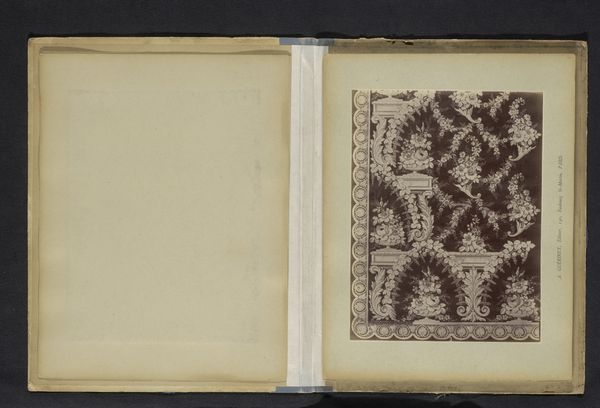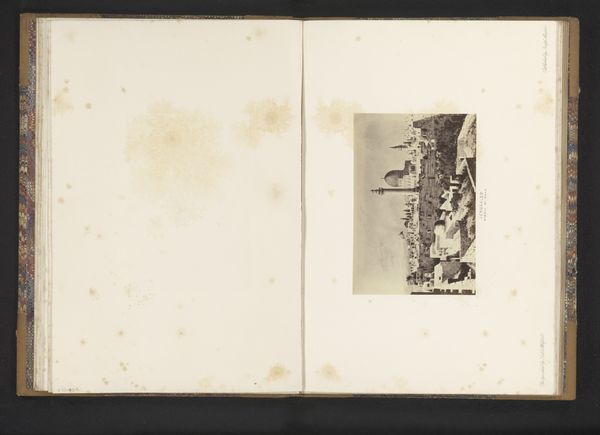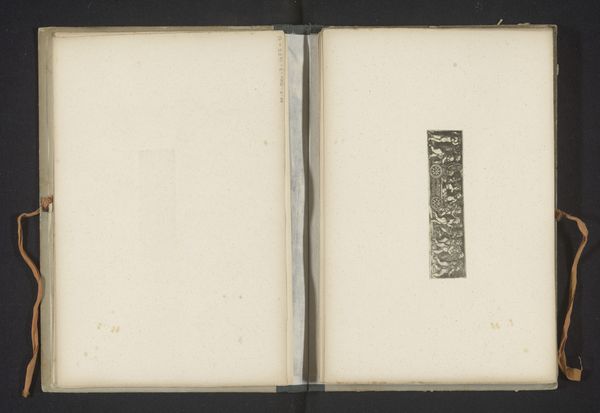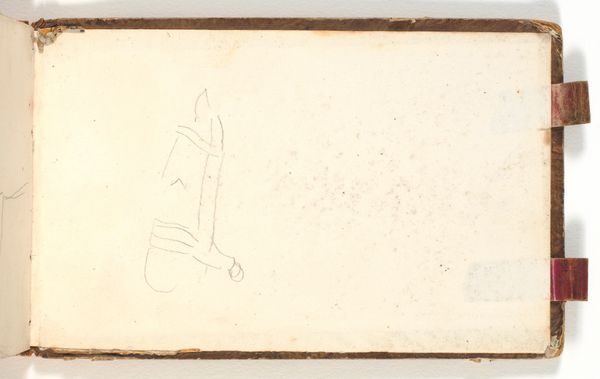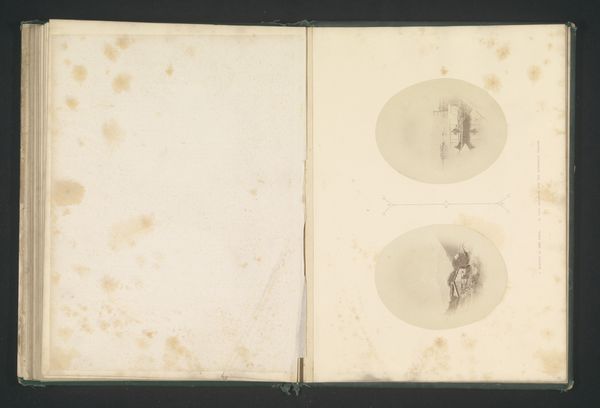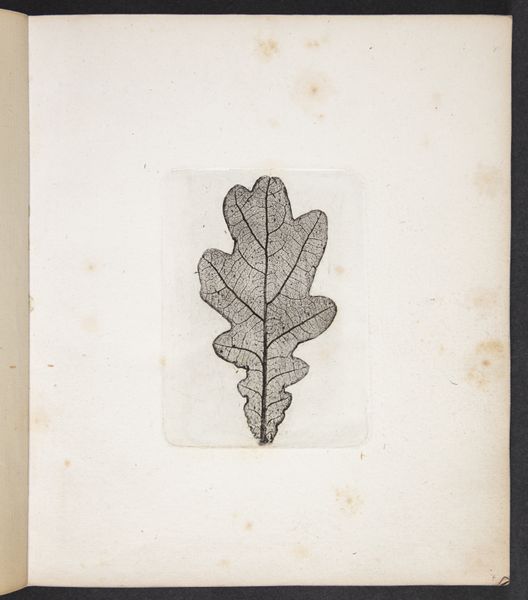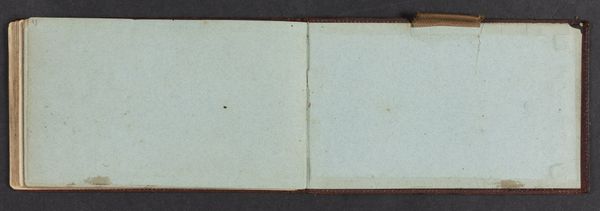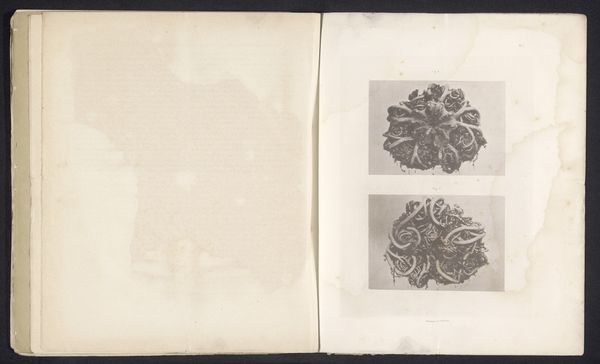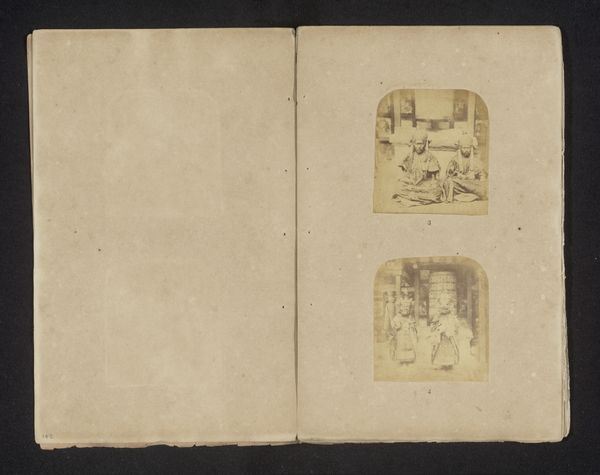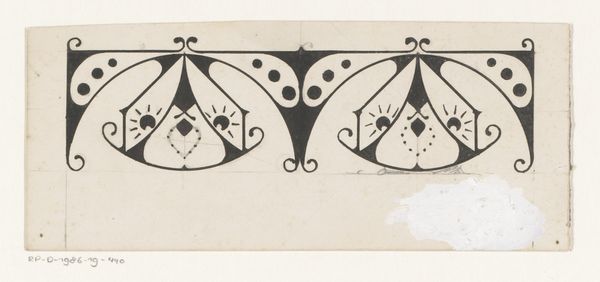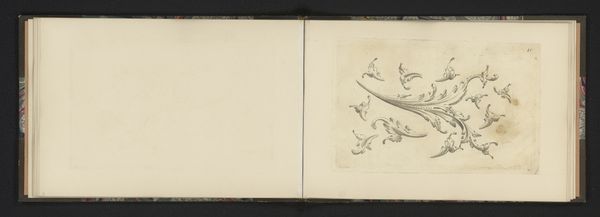
drawing, paper, ink
#
drawing
#
organic
#
paper
#
ink
Dimensions: height 285 mm, width 225 mm
Copyright: Rijks Museum: Open Domain
Editor: This is “Twee zeesterren en een zeespin,” or “Two Starfish and a Sea Spider,” created by Maurits Verveer sometime before 1879. It's an ink drawing on paper, and it feels almost scientific in its stark simplicity. I’m curious, what’s your take on a piece like this? Curator: It’s interesting to consider this piece within the context of 19th-century scientific illustration. Drawings like these served an important role in disseminating knowledge before photography became widespread and affordable. It was the artist's, and subsequently the artwork's, purpose to capture and share accurate information, especially as understanding natural life and organic studies developed in response to the cultural obsession with naturalism that swept the museums of the period. Do you think there's anything inherently artistic about this work beyond its function? Editor: Well, it’s hard to ignore the composition. The starkness, the way the creatures are arranged on the page, almost feels deliberate. It makes you wonder what decisions were made in their arrangement. Curator: Exactly. While ostensibly scientific, the very act of selecting, arranging, and rendering these specimens transforms the drawing into something more than mere documentation. It's impossible to ignore the cultural weight that the artist gives to their work; even their name as part of the record influences how we engage with the piece as an artwork today. Do you think the artist wanted it to be viewed as art? Editor: I hadn't considered it that way, but thinking about the placement, the blank space... it almost anticipates the gallery. That makes me wonder, how was something like this displayed, if at all, during that time? Curator: These types of drawings often found their way into scientific publications or personal collections, viewed as both sources of information and objects of curiosity, however they are equally valid for engaging art enthusiasts with scientific interests. It’s fascinating how our perception shifts when we view them through a contemporary lens within the walls of a museum like the Rijksmuseum. Editor: Definitely gives you a lot to consider. I'll never look at a natural history drawing the same way again! Curator: Precisely. It's all about understanding how art is framed – literally and figuratively.
Comments
No comments
Be the first to comment and join the conversation on the ultimate creative platform.
